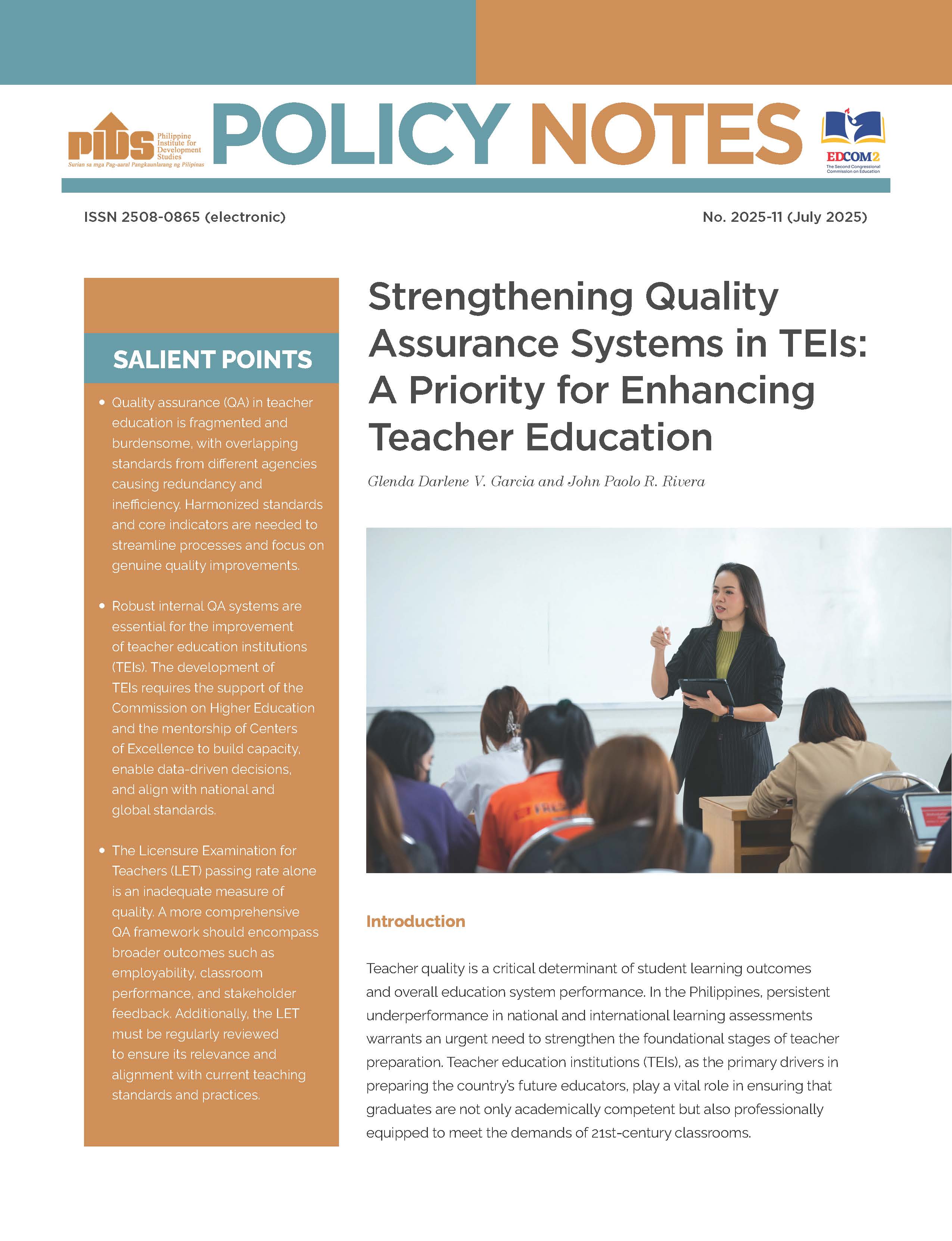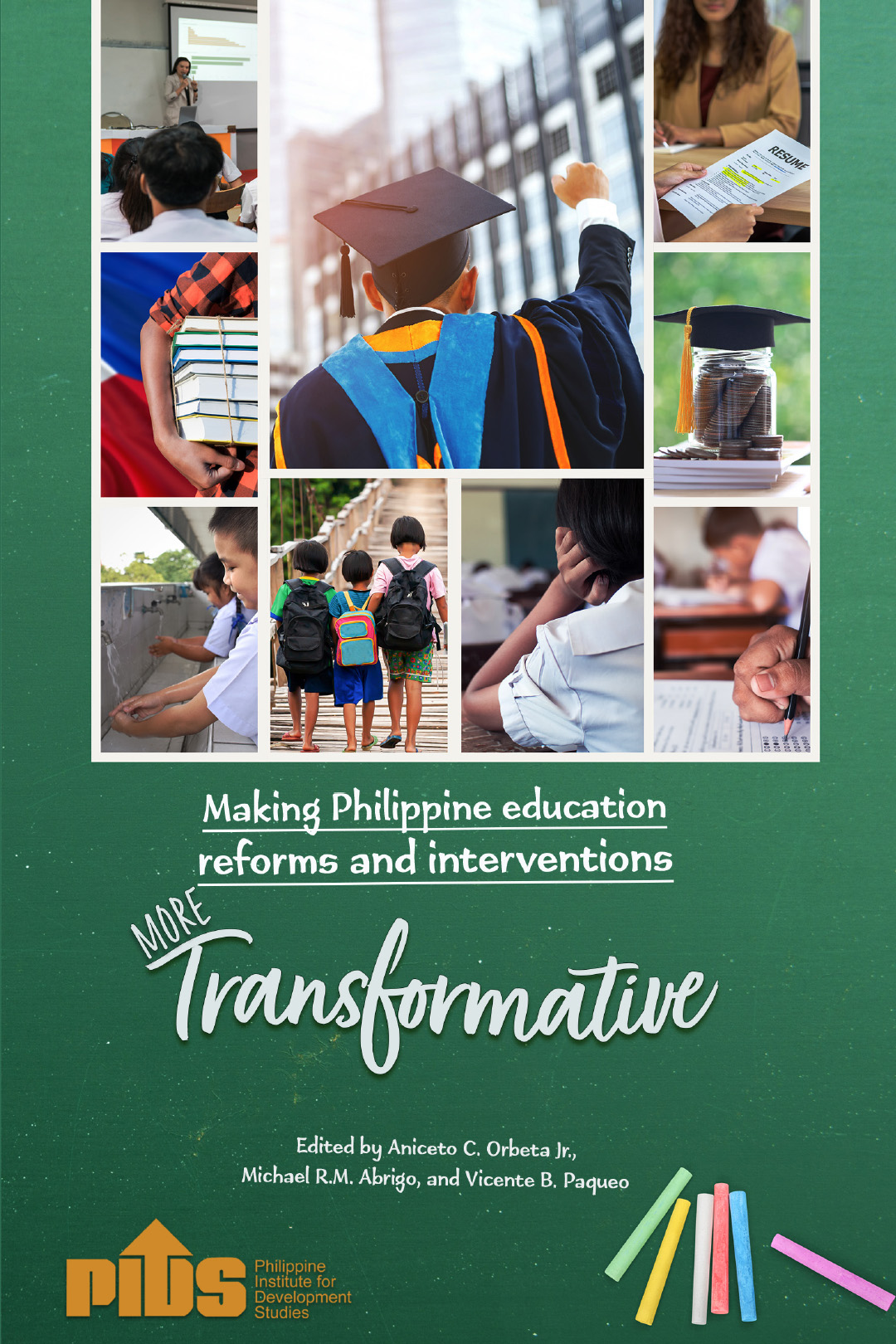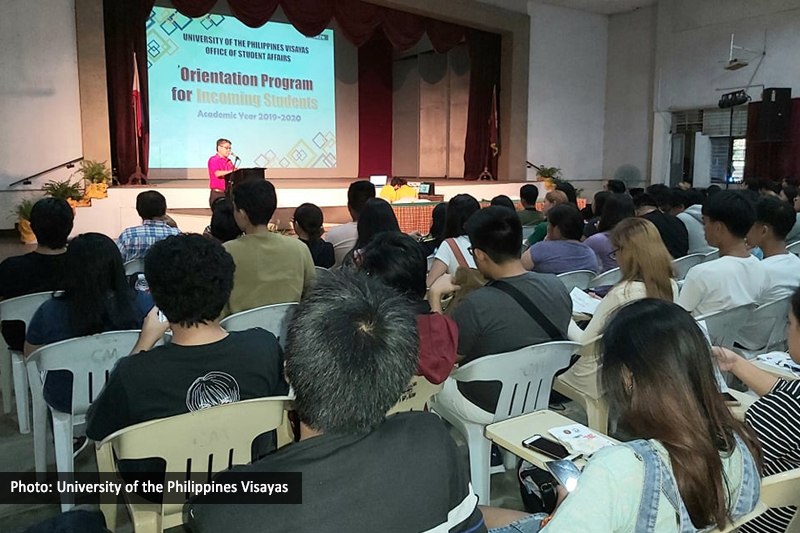Policymakers must plan this early how to sustain the tuition-free college law. If not, elite state universities will turn into diploma mills. Starved of funds, they would be unable to continually upgrade. Labs and classrooms will rot, and faculty morale slump. Graduates would be marching out to the real world as dull as when they entered.
The numbers reveal the challenge. Government subsidies to 112 state universities and colleges (SUCs) are never enough. The latest dole, for this school year 2018-2019, was just under P65 billion. Costs of maintenance and operation, salaries and training, new facilities and equipment, and scholarships always are higher. To make ends meet, SUCs charge democratized tuition, based on the student’s family income. Tuition collections can make up five to 12 percent of an SUC’s budget.
Congress starting this year forbade SUCs from charging tuition to rich and poor enrollees alike. Same with local universities and colleges (LUCs) of provinces and cities, and government technical-vocational schools. More subsidies naturally became necessary to replace the loss. Scrounged around from iffy constructions of public schoolhouses, two Metro Manila bus rapid transits, and info-tech projects was P40 billion.
Here’s the catch. That P40 billion is only for qualified incoming SUC/LUC freshmen and seniors. There are hardly any college sophomores and juniors there – or in private schools. In 2016-2017 and 2017-2018, a Kindergarten-to-Grade 12 basic education curriculum had added two extra years in elementary and high school. That meant no college freshmen enrollees for two years. The last freshmen, in 2015-2016, are now graduating.
About 20 percent of any freshman batch drops out per year, so only 40 percent are able to graduate. Meaning, this year’s P40 billion is for the influx of freshmen and the few seniors (the freshmen from 2015-2016). Next school year the P40 billion will have to be raised to cover freshmen and sophomores; then more in the third year to include juniors. “Normalcy” will return on the fourth year, with SUCs/LUCs classrooms full of freshmen to seniors. By then and onwards, government will have to allot P100 billion or so per year – to sustain the free tuition alone.
That’s on top of the basic subsidy to SUCs, which increases by 35 percent every three years. This school year’s P65 billion would be a separate P90 billion in 2021-2022.
That would mean nearly P200 billion a year for SUCs/LUCs. Ironically, most of it would benefit well-to-do college students. Only 12 percent of enrollees are penurious but scholastically deserving.
No wonder the Commission on Higher Education, the government think tank Philippine Institute for Development Studies, and the Duterte admin’s economic managers initially opposed the tuition-free college law. They wanted instead increased admission and retention of, and scholarships and loans to financially strapped enrollees. Not only in SUCs/LUCs but also tech-voc institutions. Also, improved facilities and equipment for labs, computer proficiency and gyms. The P100-billion full-tuition subsidies would be better used for those.












